
Navajo National Monument protects Ancestral Puebloan cliff dwellings
To the Ancestral Puebloans who lived in the Southwest 700 years ago, the cliff faces, terraces, and alcoves in Tsegi Canyon were valuable building grounds. Today, Navajo National Monument protects three remarkable cliff dwellings — Keet Seel, Betatakin, and Inscription House — and the cultural history their former residents left behind.
Visiting the monument
Navajo National Monument is a little known gem in the National Park Service. Its small crowds and spectacular scenery provide the perfect setting to learn about past and present Native cultures. Plus, it’s a fee-free park, so admission, camping, tours, and backcountry permits are all available at no cost.
Three short self-guided rim trails are clustered around the visitor center and open year-round. If you have time, consider hiking to Betatakin (3-5 miles round-trip) and/or Keet Seel (17 miles round-trip) for ranger-led tours of the pueblos. Tours run between Memorial Day and Labor Day and require advance reservations. Call ahead to secure your spot. Inscription House is permanently closed to visitors.
Note: Arizona DOES NOT observe daylight saving time, which means for half the year, it aligns with Mountain Daylight Time, and the other half, Pacific Time. The Navajo Nation DOES observe daylight saving time. So, if you’re traveling to Navajo National Monument from elsewhere in the state, you’ll lose an hour (spring to fall).
Campgrounds
Two free campgrounds are available on a first-come, first-served basis. Sunset View Campground has 31 sites for tents/RVs and is open year-round. Canyon View Campground has 14 tent sites (3 designated for groups) and is open during the summer season only.
Cultural ties
Navajo National Monument is teeming with stories — its petroglyphs, pictographs, and cliff dwellings telling of ancestral Puebloans who called these sandstone canyons home. But not all the stories are of centuries past. Native people have lived and still live on the lands surrounding the monument today.
The Hopi tribe traces their ancestry directly to the people who built the cliff dwellings at Navajo National Monument. Petroglyphs etched into the canyon walls connect the present day Hopi to their ancestors through clanship. Hopi call Keet Seel and Talastima by different names—Kawestima and Talastima, respectively. Read about one Hopi man’s annual trek to Kawestima
Though called Navjao National Monument, Navajo people are not descendants of the early inhabitants who built the cliff dwellings in the region. They have lived in the area for hundreds of years, grazing sheep and raising cattle in the canyon’s tributaries. The monument lies on Navajo land.
Additionally, the San Juan Southern Paiute lived in Tsegi Canyon in the 1850s, and the Zuni consider it to be the place of origin for several of their clans.
Getting there
Navajo National Monument is located on the Navajo Reservation, between Tuba City, Arizona, and Kayenta, Arizona.
- From Tuba City: Head east on Highway 160 for about 52 miles. Turn left onto AZ 564, and continue north for about 9 miles until you reach the visitor center.
- From Kayenta: Head west on Highway 160 for about 19 miles. Turn right onto AZ 564, and continue north for about 9 miles until you reach the visitor center.
General Location Northeastern Arizona
Closest Towns Kayenta and Tuba City, Arizona
Cost Free
Managed By National Park Service
Pets Leashed pets are allowed at paved areas and campgrounds
More Info NPS website
Adventure awaits
Sign up to get monthly hikes in your inbox for a year.
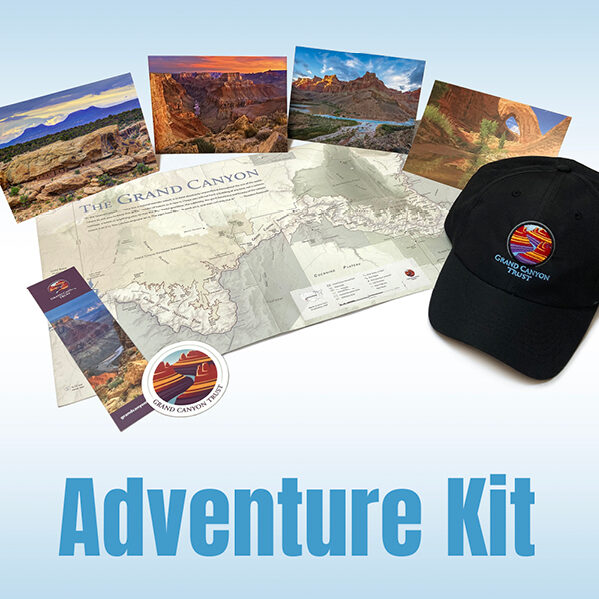
Special membership offer
Join the Grand Canyon Trust today to receive your adventure kit:
- $25 donation: a Grand Canyon map, The Advocate magazine subscription, bookmark, and sticker
- $75 donation: everything above plus four stunning note cards
- $100 donation: all the benefits of the $75 level, plus a Grand Canyon Trust hat
Related Hikes by Destination
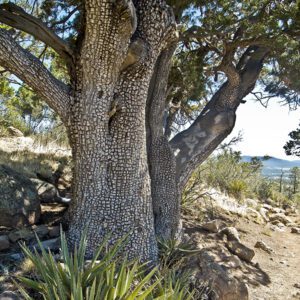
Distance: 5.2 miles (8.4 km)
Difficulty: Strenuous
Type: Out and back
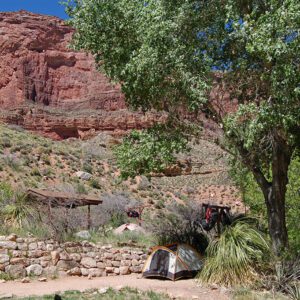
Sites: 15
Season: Open year-round
Reservations: Backcountry permit required
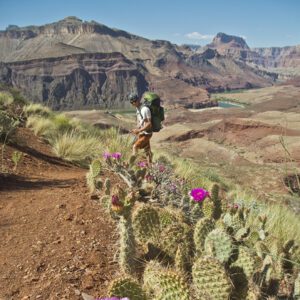
State: Arizona
Nearest Towns: Flagstaff, Williams, Tusayan, and Cameron, Arizona
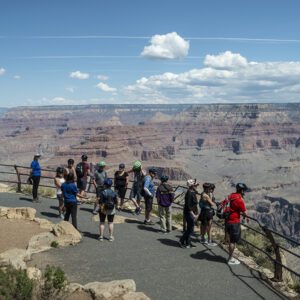
Distance: Up to 13 miles
Difficulty: Easy
Type: Point-to-point
